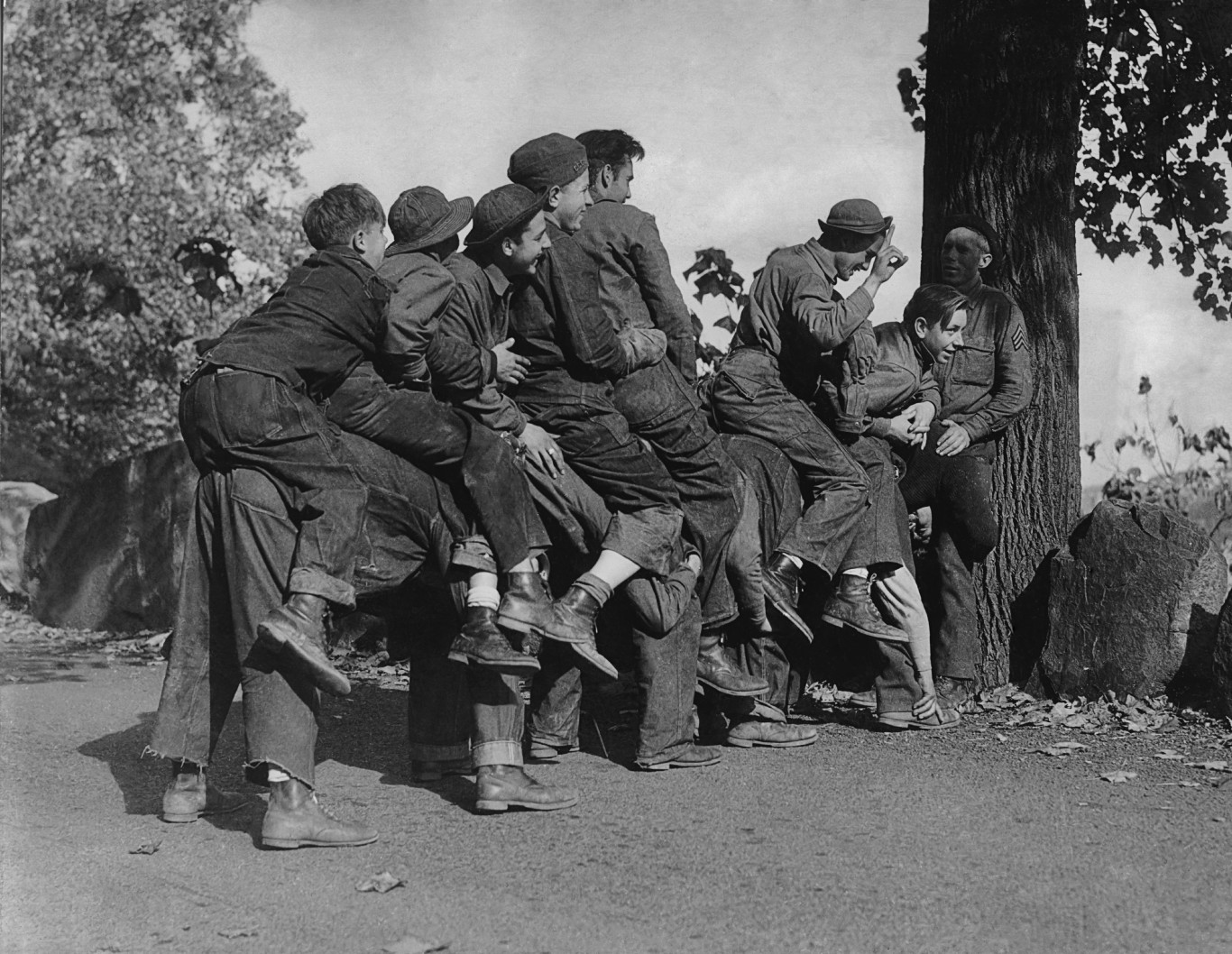
The jobs report for April was horrible enough. The nation lost 20.5 million jobs and unemployment rose to 14.7%. As recently as two months ago, it was near a 50-year low at 3.6%. April was even worse for black and Hispanic Americans, with jobless rates well above the national average.
Unemployment among blacks was 16.7%. Among Hispanics, the figure was 18.9%. Contrast this to the figure for adult men overall at 13.0% and whites at 14.2%.
While there is some research on why Hispanic unemployment is higher than that for whites, the research about black unemployment is very extensive. That helps explain why black unemployment has always been higher than the national average.
Among the most frequently given reasons for the difference is that anti-discrimination laws are not enforced adequately. While this may be true, it has been difficult to identify, for the most part, among specific employers or in specific industries. That makes enforcement on a wide basis almost impossible.
Much easier to show is the gulf in education. According to the National Center for Education Statistics, there were large gaps in reading and math achievement between black and white children in grades 4 and 12. Data was taken in 1992 and 2015, and no significant improvement was seen between the two periods. Education is a marker of both the extent to which people are hired and the level of income for those who are employed.
Some of the differences in the level of math and reading achievement may be based on the sums school districts spend on each student. According to EdBuild, in nonwhite districts, the amount is $11,682. In mostly white districts, the figure is $13,908. The total gap nationwide means “nonwhite school districts receive $23 billion less than white districts, despite serving the same number of students.”
Another major reason for the employment gap is incarceration rates, many experts argue. According to Pew, “In 2017, blacks represented 12% of the U.S. adult population but 33% of the sentenced prison population. Whites accounted for 64% of adults but 30% of prisoners.” That means there were 1,549 prisoners per 100,000 black Americans, compared to 272 per 100,000 whites. The data was based on numbers from federal prisons. The hurdles to employment for people who have been in prison are high.
No single theory or piece of research by itself accounts for the difference in black and white unemployment. However, taken as a body, the research does show that the disadvantages for black workers compared to whites are extremely substantial. This can be seen in America’s major cities and a number of congressional districts.
100 Million Americans Are Missing This Crucial Retirement Tool
The thought of burdening your family with a financial disaster is most Americans’ nightmare. However, recent studies show that over 100 million Americans still don’t have proper life insurance in the event they pass away.
Life insurance can bring peace of mind – ensuring your loved ones are safeguarded against unforeseen expenses and debts. With premiums often lower than expected and a variety of plans tailored to different life stages and health conditions, securing a policy is more accessible than ever.
A quick, no-obligation quote can provide valuable insight into what’s available and what might best suit your family’s needs. Life insurance is a simple step you can take today to help secure peace of mind for your loved ones tomorrow.
Click here to learn how to get a quote in just a few minutes.
Thank you for reading! Have some feedback for us?
Contact the 24/7 Wall St. editorial team.


